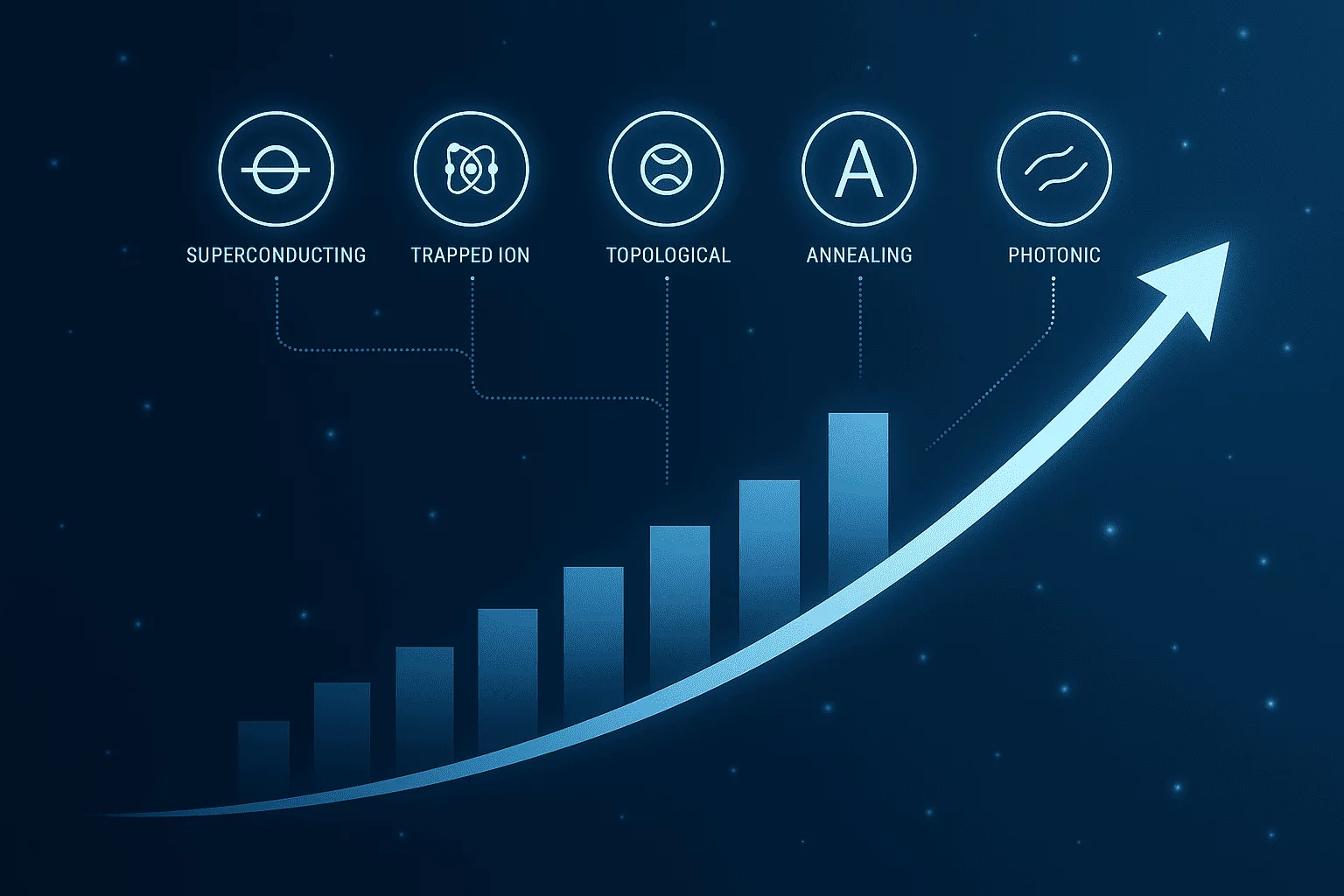In 2025, the global trade environment is marked by escalating tensions between major economies, particularly the United States and China. This polarization has prompted countries worldwide to reassess their trade strategies, with South American nations like Brazil and Argentina finding themselves at a crossroads. As traditional trade patterns shift, these countries are exploring new opportunities and facing emerging challenges in a rapidly evolving economic landscape. Explore how Brazil, Argentina, and other South American nations are navigating the evolving U.S.-China trade dynamics in 2025, assessing opportunities and challenges in a polarized global trade world.
With their rich agricultural, mineral, and energy resources, South American countries are uniquely positioned to either become key players in the new global order or suffer from increased volatility. This blog explores how South America’s major economies are responding, where they see opportunities, and what risks lie ahead.
Brazil: Balancing Opportunities and Challenges
Brazil, South America’s largest economy, has experienced both benefits and setbacks amid the current trade dynamics.
- Agricultural Exports:
- Brazil has seen a surge in agricultural exports, particularly soybeans and beef, as China seeks alternatives to U.S. suppliers.
- In 2025, Brazilian soybean exports to China increased by 14% year-over-year.
- Trade Relations with the U.S.:
- Despite benefiting from increased exports to China, Brazil faces challenges with the U.S., including the imposition of 25% tariffs on Brazilian steel and aluminum.
- Ongoing negotiations aim to secure waivers and diversify Brazil’s industrial exports to North America.
- Infrastructure Investments:
- Brazil has announced $45 billion in infrastructure projects, including port modernization and railway expansion, to reduce bottlenecks and increase competitiveness.
| Sector | 2025 Export Growth (%) | Key Destinations |
|---|---|---|
| Soybeans | +14% | China |
| Beef | +10% | China, Middle East |
| Steel/Aluminum | -8% | U.S., Europe |
Argentina: Navigating Economic Reforms and Trade Realignments
Argentina is undertaking significant economic reforms to stabilize its economy and reposition itself in the global trade arena.
- IMF Agreement:
- In 2025, Argentina secured a $20 billion agreement with the International Monetary Fund (IMF) to support economic reforms, aiming for 5.5% GDP growth despite inflationary pressures.
- Diversifying Trade Partnerships:
- Argentina is seeking deeper ties with China, the EU, and the Middle East.
- In April 2025, Argentina signed new agricultural trade deals worth $4.2 billion with Middle Eastern countries.
- Currency Strategies:
- Argentina is conducting more international trade in Chinese yuan and Brazilian real to reduce dependency on the U.S. dollar, aligning with global dedollarization trends.
| Indicator | 2024 | 2025 Projection |
|---|---|---|
| GDP Growth | 4.3% | 5.5% |
| Inflation Rate | 71% | 65% |
| Agricultural Export Growth | +9% | +12% |
Regional Perspectives: Opportunities and Strategic Alignments
Other South American countries are also adapting to the changing trade landscape:
- Paraguay:
- As a major soybean exporter, Paraguay is poised to benefit from higher Chinese demand.
- However, limited port access and rural infrastructure pose challenges.
- Chile:
- Chile is enhancing its copper and lithium exports, critical for global electric vehicle (EV) production.
- Chile signed a new strategic minerals agreement with the EU in early 2025.
- Colombia:
- Colombia is expanding its oil exports to non-U.S. markets, including India and Southeast Asia.
- Political reforms to enhance business confidence have attracted $5 billion in new foreign direct investment (FDI).
| Country | GDP Growth Forecast (2025) | Key Export Sectors | Strategic Focus |
|---|---|---|---|
| Brazil | 1.8% | Agriculture, Mining | Infrastructure upgrades, diversification |
| Argentina | 5.5% | Agriculture, Energy | Currency diversification, new markets |
| Paraguay | 4.2% | Soybeans | Port development, logistics improvement |
| Chile | 2.9% | Minerals (Copper, Lithium) | Green economy initiatives, EU trade ties |
| Colombia | 2.5% | Oil, Coffee | Energy diversification, political reforms |
South America Trade World Challenges Ahead
Despite the positive trends, South American countries face notable risks:
- Infrastructure Bottlenecks:
- Port congestion, outdated railways, and inefficient customs procedures still hamper growth.
- Commodity Dependence:
- Over-reliance on agriculture and mining leaves these economies vulnerable to global price swings.
- Political Instability:
- Upcoming elections in Argentina and Brazil could disrupt reform momentum.
- External Shocks:
- A sharper U.S. economic slowdown or a more aggressive China decoupling would hurt export-dependent economies.
Expert Insight: Mattias Knutsson’s Perspective
Mattias Knutsson, a strategic leader in global procurement and business development, emphasizes the importance of adaptability and strategic planning in the current trade environment:
“South American countries must leverage their unique strengths and pursue diversified trade strategies to navigate the complexities of the global market. By investing in infrastructure, embracing innovation, and fostering resilient supply chains, they can position themselves as key players in the evolving economic landscape.”
Knutsson further notes:
“The winners in the new polarized trade world will be those who act decisively, foster regional integration, and reduce their vulnerability to superpower rivalries.”
Charting a Course in a Divided Trade World
As global trade dynamics continue to shift, South American countries are at a pivotal juncture. Brazil, Argentina, Chile, Paraguay, and Colombia all face a historic opportunity to assert greater independence and build diversified, resilient economies.
By proactively adapting to new challenges—investing in infrastructure, securing diversified trade agreements, modernizing industries, and fostering political stability—these nations can not only shield themselves from volatility but also play a central role in the emerging multipolar economic order.
The future is not without risk. But with strategic vision, bold reforms, and regional cooperation, South America could move from being a periphery player to a core architect in the next chapter of global trade.
Trumps Tariffs Trade War Series:
Historical Background
- From Protection to Prosperity: The Role of Tariffs in Financing Early America
- The Tariff Battles of the 19th Century: Industrial Growth and Political Divide
- How Tariffs Built Railroads, Factories, and the American Dream (1800–1912)
Background to Today’s Tariffs
- From Smoot-Hawley to the WTO: A Century of Trade Policy Shifts
- The Rise of Free Trade and the Decline of Tariffs: 1945 to 2000
- The Tariff Comeback: Why Tariffs Returned as a Political Weapon in the 21st Century
Trump Tariffs Deep Dive: Trade Wars with the EU, China, and Beyond
- Trump’s Tariff Strategy: National Security or Economic Gamble?
- EU Under Pressure: Wine, Steel, and the Automotive Tariff Threat
- The U.S.-China Trade War Timeline: From Tariff Waves to Tech Decoupling
- Collateral Damage: How Trump Tariffs Affected Mexico, Canada, India, and Japan
Country-by-Country Response Monitoring: Reactions to Trump’s 2025 Tariff Hike
- China Strikes Back: Export Controls, Rare Earths, and Consumer Tech Retaliation
- European Union’s Balancing Act: Strategic Patience or Trade Fight Ahead?
- Japan and South Korea: Strategic Allies or Silent Rivals in Tariff Diplomacy?
- ASEAN & India: Winners or Losers in the Tariff Shuffle?
- South America’s Role in a Polarized Trade World
Ongoing Monitoring and News Reaction: Tracking Trump’s Tariffs in Real-Time
- Week-by-Week: The Global Market Reaction to Trump’s 2025 Tariff Policy
- U.S. Companies Caught in the Crossfire: How Businesses Are Adjusting to Tariff Shocks
- From Retail to Rare Earths: Key Sectors Most Affected by New Tariffs
- Trade Talks Tracker: Are New Negotiations a Signal of Resolution or More Chaos?
- Inside the Beltway: How Congress, Lobbyists, and Think Tanks are Shaping the Tariff Narrative





